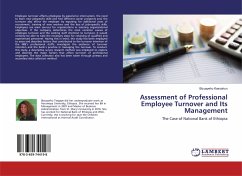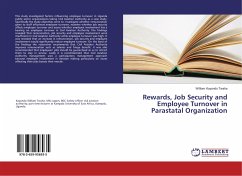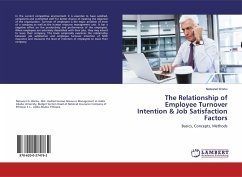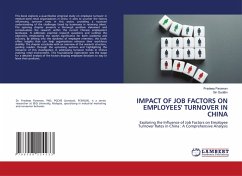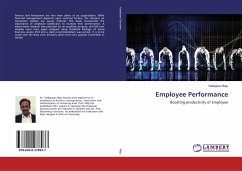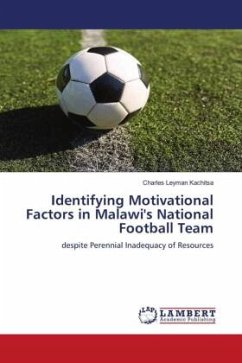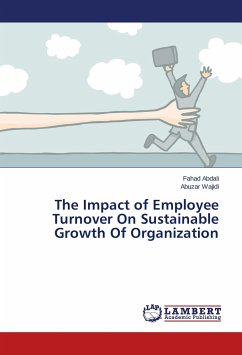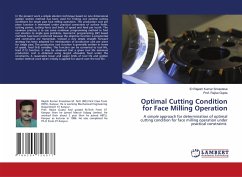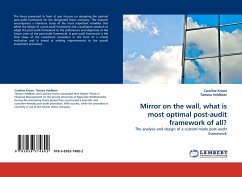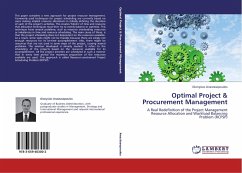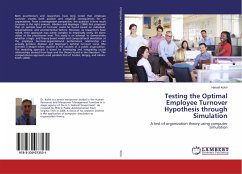
Testing the Optimal Employee Turnover Hypothesis through Simulation
A test of organization theory using computer simulation
Versandkostenfrei!
Versandfertig in 6-10 Tagen
43,99 €
inkl. MwSt.

PAYBACK Punkte
22 °P sammeln!
Both practitioners and researchers have long noted that employee turnover creates both positive and negative consequences for an organization. From a management perspective, the question is how much turnover is the right amount. Abelson and Baysinger (1984) first proposed that an optimal level of turnover could be found based on individual, organizational, and environmental factors. However, as researchers have noted, their approach was overly complex to empirically verify, let alone utilize at the practitioner level. This study is an attempt to demonstrate whether a logic- and theory-based mo...
Both practitioners and researchers have long noted that employee turnover creates both positive and negative consequences for an organization. From a management perspective, the question is how much turnover is the right amount. Abelson and Baysinger (1984) first proposed that an optimal level of turnover could be found based on individual, organizational, and environmental factors. However, as researchers have noted, their approach was overly complex to empirically verify, let alone utilize at the practitioner level. This study is an attempt to demonstrate whether a logic- and theory-based model and computational simulation of the employee turnover-organizational performance relationship can actually produce Abelson and Baysinger's optimal turnover curve (the inverted U-shape) when studied in the context of a public organization. The modeling approach is based on developing and integrating causal relationships derived from logic and the theory found in the literature. The computational approach used parallels that of Scullen, Bergey, and Aiman-Smith (2005).



